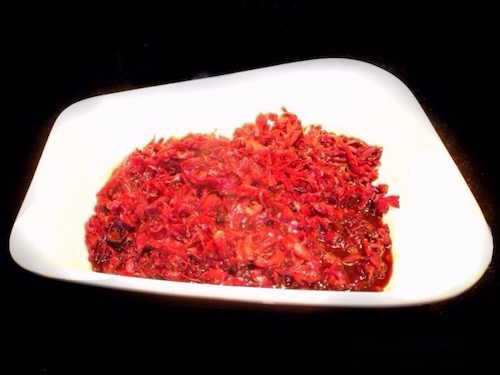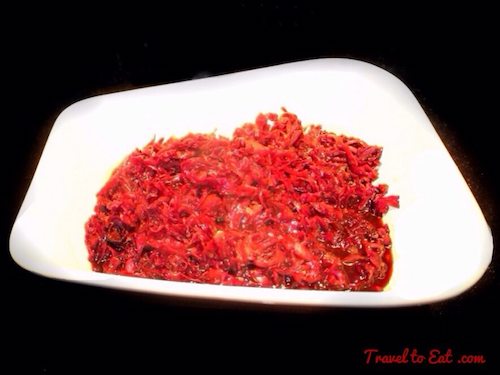
In ancient times cabbage was revered by the Greeks for its many medicinal properties. On a visit to ancient Egypt, the Greeks, thinking their cabbage was superior, even had seeds brought in from Rhodes. The European aristocracy of the fourteenth to the seventeenth centuries, on the other hand, turned up their noses at the mere mention of cabbage or coleworts as it was known in medieval times. Cabbage in the form of sauerkraut was a familiar essential at the medieval table. Some historians believe that the idea of pickled cabbage was brought to Europe by the Tartars and developed into sauerkraut by the Celts who were cultivating the headed variety of cabbage around 200 BCE. If language can be our guide, the Dutch may be the originators of coleslaw: kool means cabbage and sla means salad. Medieval records that tell us that cabbage was frequently found bubbling in a cauldron with whatever meats were available. Though we don’t know when the head cabbage developed, we do know that the Savoy cabbage was one of the variety of dishes introduced to the French by Catherine de Medici who arrived from Florence in 1533 to wed the heir to the French throne. Rotkhol is typically served with Rouladen, meatloaf, Sauerbraten or Roasted Duck in addition to almost anything.
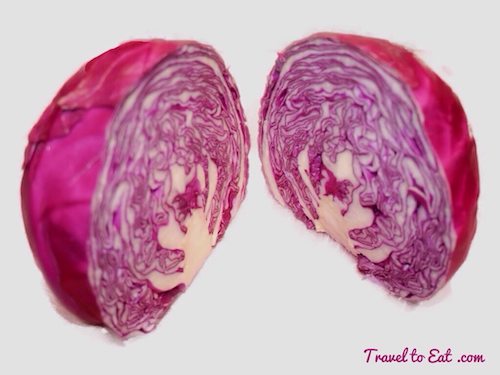
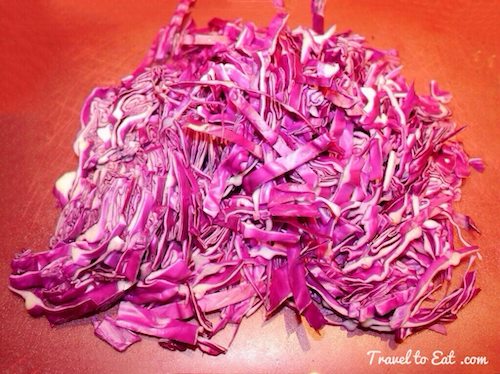
The most basic recipe for sweet and sour cabbage starts with the red cabbage being cleaned, cored and chopped into small, manageable pieces. The cabbage will wilt and reduce in volume as it cooks, so a good amount is used at the start of the recipe. In a hot pan, the cabbage is briefly fried until it wilts and takes on some color. Vinegar and sugar are added to the pan and everything is allowed to cook, covered, until the flavors have developed and the cabbage has become very tender. The result of this basic method is a robust dish in which the sweet and sour elements are unmitigated and at the forefront of the overall taste.
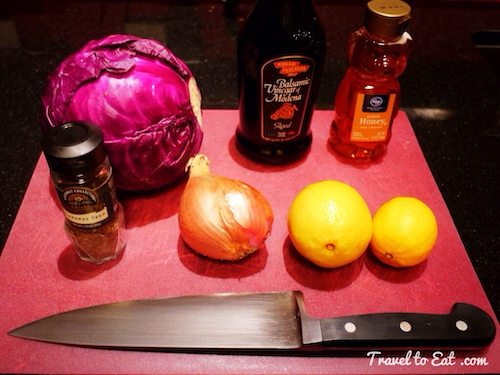
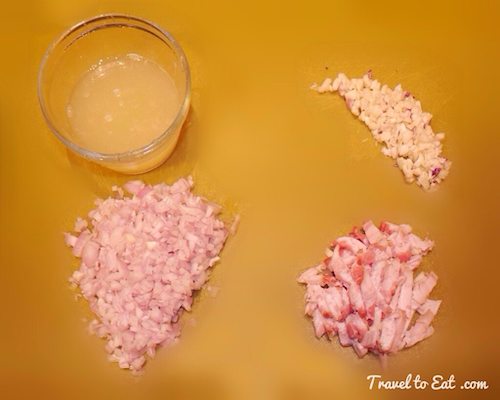
Personally I like to add a few more layers of flavor, so I add shallots, minced garlic, bacon, ground caraway, honey and lemon juice at the end.
Ingredients: Serves 4-8
- 1 head red cabbage, shredded, about 4 cups
- 6-8 strips of bacon cut into lardons
- 1-2 shallots finely chopped
- 3-5 cloves of minced garlic
- 1/2 cup apple cider vinegar
- 1/2 cup balsamic vinegar
- Juice of two lemons
- 1/2 cup of honey or 1/3 cup of packed brown sugar
- 1 teaspoon of caraway seeds
- 1 teaspoon or to taste of salt
- 1/2 teaspoon cracked black pepper
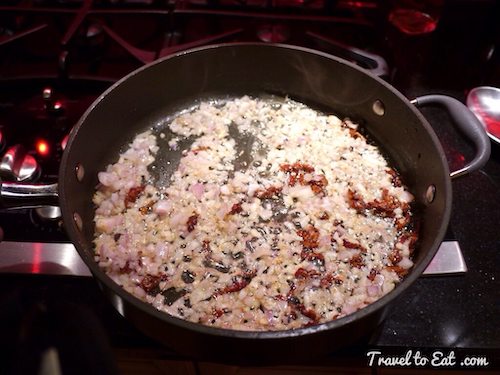
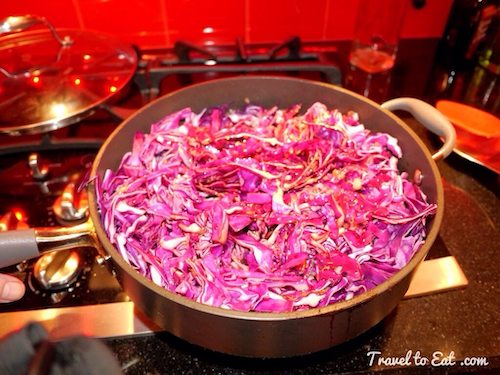
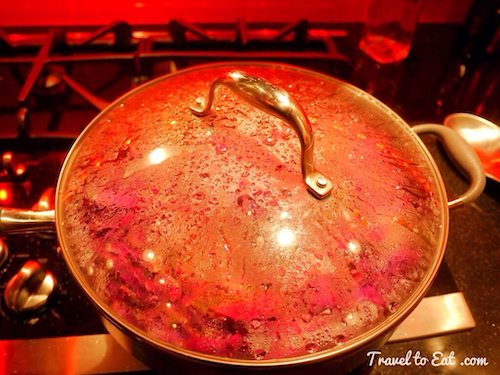
Instructions:
Cook the bacon on medium heat until the lardons become crisp. Lardons are nothing more than strips of bacon cut sideways, making little bacon bits of pure goodness. Add the shallots and the ground caraway and cook until the shallots are translucent. Add the cabbage, toss to distribute the bacon grease, cover and cook for about 5-10 minutes. Add the cider vinegar, balsamic vinegar salt and pepper, toss to cover the cabbage. I personally like the taste of honey and it coats the cabbage nicely. You can also use brown or white sugar, mixed with 1/4 cup of red wine if you don’t like honey. Add the sugar or honey and cover, cook on low heat for about 30 minutes, stirring occasionally. The mix of sweet to sour is very personal and while I like my cabbage a little sweet, you may like it more sour. If you use sugar, you may want to thicken the final product with 2-4 teaspoons of cornstarch, personally I prefer honey. At the end of cooking, add the lemon juice, toss and serve. The lemon adds a fresh flavor to the Rotkhol. I like my cabbage still firm, if you like it softer, cook for 45 minutes to an hour.
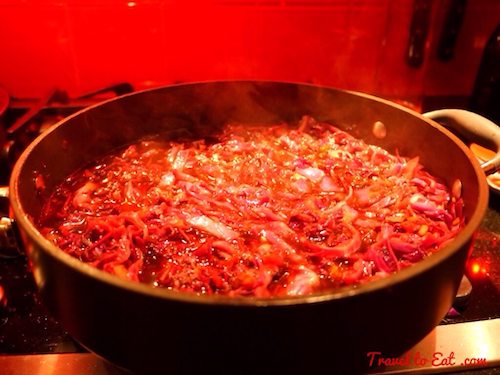
This is not a complicated recipe, I included a recipe by Rachael Ray just to show how complicated it can be made. I like sweet and sour cabbage and use it fairly frequently as a side dish, as another benefit it keeps well in the refrigerator. As a nod to my Swedish heritage, I use lingonberry jelly when I have it instead of honey. I will be posting on sauerbraten soon as an accompaniment to Rotkhol.
References:
Rachael Ray: http://www.rachaelray.com/recipe.php?recipe_id=3890

